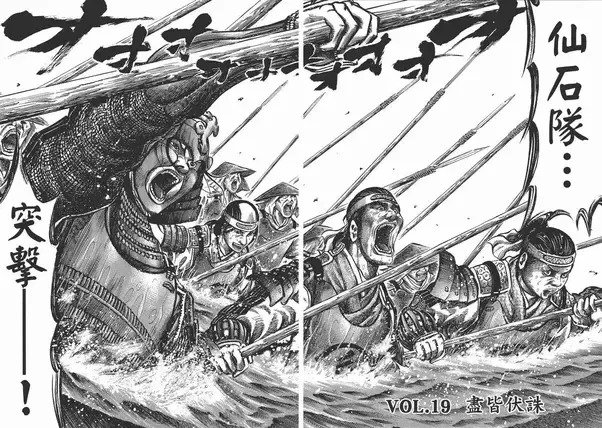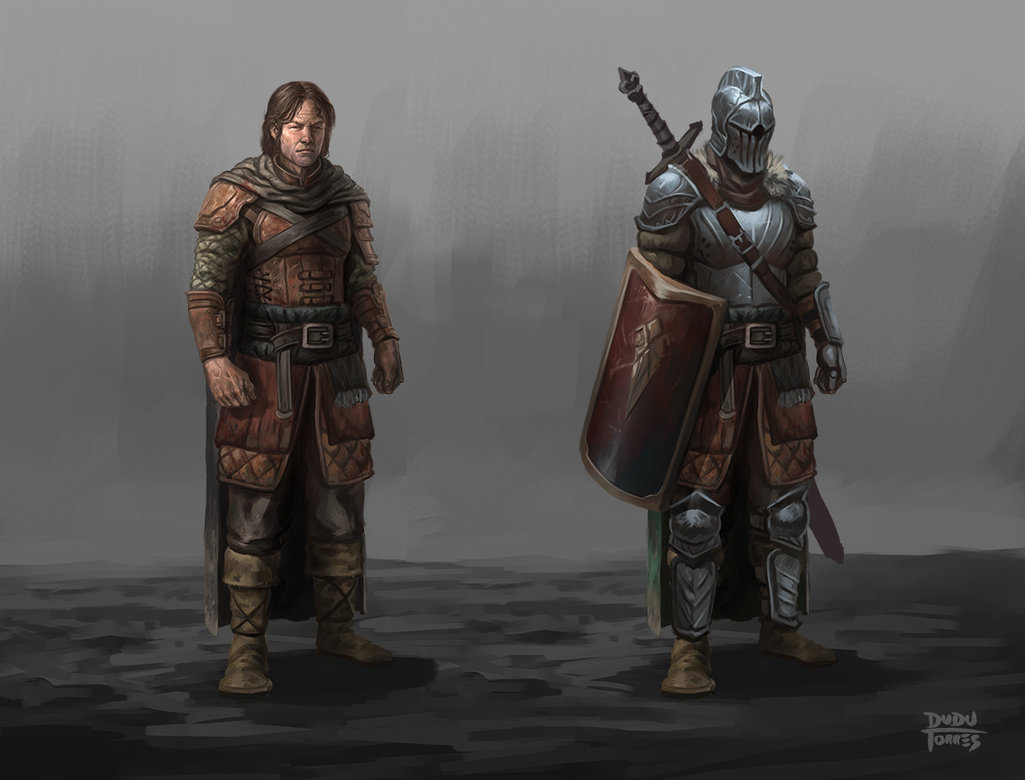Atha - Hand of War
Atha is the smallest military formation used in Araea, consisting of 8 to 12 warriors. It is the most commonly fielded formation due to the geographical constraints of the tunnels and caves, either on their own or as the components of a larger force. Atha is also called the hand of war, due to its two principle formations: the Open Hand and Closed Fist
Structure
Rank & Title The exact name of the rank given to the leader of the Atha varies between city-states. The Dhanā call them champions, while Mharaji give them the more humble name of the Palm. The quality of the Palm can vary: most are not professional troops and are sometimes just the best or most experienced in the levy troop.Beyond that, some forces add a second sub-commander to the force. They help with the day to day routines and should the worst come to pass, they are expected to continue leading the Atha until another leader can be assigned. Battlefield promotions to such a role is common enough that the sub-commanders frequently assume the role through the death of their superior. As the force grows in complexity, roles rather than rank are assigned. The most common of these are the Signaler.
Tactics & Equipment
Some nations do not supply their levies with weapons and armor, demanding its citizens supply their own means of waging war. In these cases, the equipment of an Atha can be a hodgepodge of old heirlooms and whatever could be scrounged up in time. For this reason, short pole-arm are popular and common weapons as they are easy to make and easy to use.Due to the difficulty of logistics in Araea, Atha who operate far have to be able to sustain themselves with limited resupply. Most carry a large amount of rations with them in addition to cooking and foraging tools. One or two weeks of rations are carried by each warrior and in larger engagement, control over supplies and foraging ground become an decisive part of the battles. Atha has two primary formation they use: the Open Hand, which is a loose skirmish formation, and the Closed Fist where the warriors come together into a closed formation. The latter require more training: simply fighting clumped together is not the same as fighting in formation, as many amateurs have noticed when going fighting professional warriors.
The Atha at War
Less organized troops, such as bandits or the Exiled, simple come together in bands with as many warriors as they can support. These often outnumber an Atha, but frequently function with much less discipline.The Atha are named by combining words or objectives. These include either political or group loyalties, tribal animal totems or virtues claimed by the Atha. Examples might include a word like 'Meri' (meaning 'Victory' in Dhanā) forming into Meri-Atha. When they are part of larger formations, they're either given distinct names that fit their parent formation or numbers, with the latter certainly requiring less book-keeping.
The Average Warrior In Araea, most fighting men and women are not soldiers, but warriors. Even in the city-states, individual virtues as courage, skill at arms and ferocity are valued and larger battle break down into smaller brawls. There are some bands of warriors that train extensively to fight in formation and these elite troops are feared professionals.
War in the Underworld
Between the dark caves and all the strange things that live in them, waging war in Araea is a difficult thing. Cramped tunnels and sparse vegetation prevent large massing of warriors in all but the most open and fertile caves. The Surface, while more spacious, has few things worth fighting over. Not easily deterred from killing each other, humans have adapted and found a number of ways to wage war. Read more about Warfare in AraeaCommunication
Depending on the scale of the conflict, communication between different Atha can be difficult to maintain. There are several methods that the cave-dwelling denizens of Araea use to communicate over distances, but none are without flaws. Signalers use horns, drums or similar instruments to make noise with certain tones translating into certain situations reported or commands issued. In a busy battlefield, the noise can become deafening and telling friend from foe impossible. Messengers are more reliable, but slower. Tactics in Araea are correspondingly simplistic in most situations and every commander has to deal with an element of unpredictability.Nail-In-The-Eye Almost every Atha has them: someone who nobody really likes. To continue with the theme of the Atha, these are informally dubbed as nails and compared to various afflictions that can trouble ones nails.










Atha, warriors of the tunnels. I like the information delved into here and got a disciple-like vibe from the order and construction of the Atha, are some constructed as a training experience? Potentially with far more advanced leaders helping beat them into shape? I do like the notes that reaffirm that these don't operate thejr methods in the same way one would expect normal troops to try to replicate, the reminder that this is tunnel based and not standard is a good point! Something I missed here, however, was the ingenuity used or required by these groups. These are -tunnels-, so are they used to building traps, laying false ambushes and sealing off exits to lure their enemies in? It seems to me that warfare would certainly evolve in that direction should the constraints become that the surface is unlivable. Obstructing a passageway in Araea is much simpler and formations like shieldwalls are so much more effective due to the limited nature of ranged weaponry in those environments. Thanks for sharing!
Stay tuned for more about that in the article about Warfare in general in Araea. :)
Creator of Araea, Megacorpolis, and many others.